Easy as 1-2-3? Not always.
A case for giving — whether a customized individual proposal or a public-facing campaign case for support — typically has several components, including the core narrative, stories, images, and financial data.
That last piece seems like it should be simple… but it’s not always. There are several ways to present budget and funding information in a solicitation communication. Here are examples of each option and what to consider when deciding which one to use:
Narrative
Building design, renovation, and construction are projected to cost $50,000,000. A lead gift of $20,000,000 from long-time volunteer Emily Weisgrau and an additional $15,000,000 in pending tax credits cover more than half of the total needed. The remainder will come from generous donors like you.
Use the narrative format when it’s best to keep things simple. For example, the nuances of tax credits are better saved for a conversation. This format is also more conversational and can prevent the reader from getting stuck before reaching the ask or other call to action.
Spreadsheet
You’re more likely to find a spreadsheet format in an institutional grant proposal than an individual one, but don’t rule them out entirely. They can be great for detail-oriented donors and for complex projects where breaking out specific costs helps make the case. They’re also necessary for data visualizations.
Data Visualization
Data visualizations—usually charts and graphics but also other types of infographics—require the heaviest lift but can also pack the most punch. You can produce simple charts like this one in Excel. Bonus: Because the data is linked to the chart, updating the spreadsheet updates the chart too. For print pieces with broad reach, we recommend working with a graphic designer to enhance the visual appeal. No matter what, don't forget to use brand colors!


